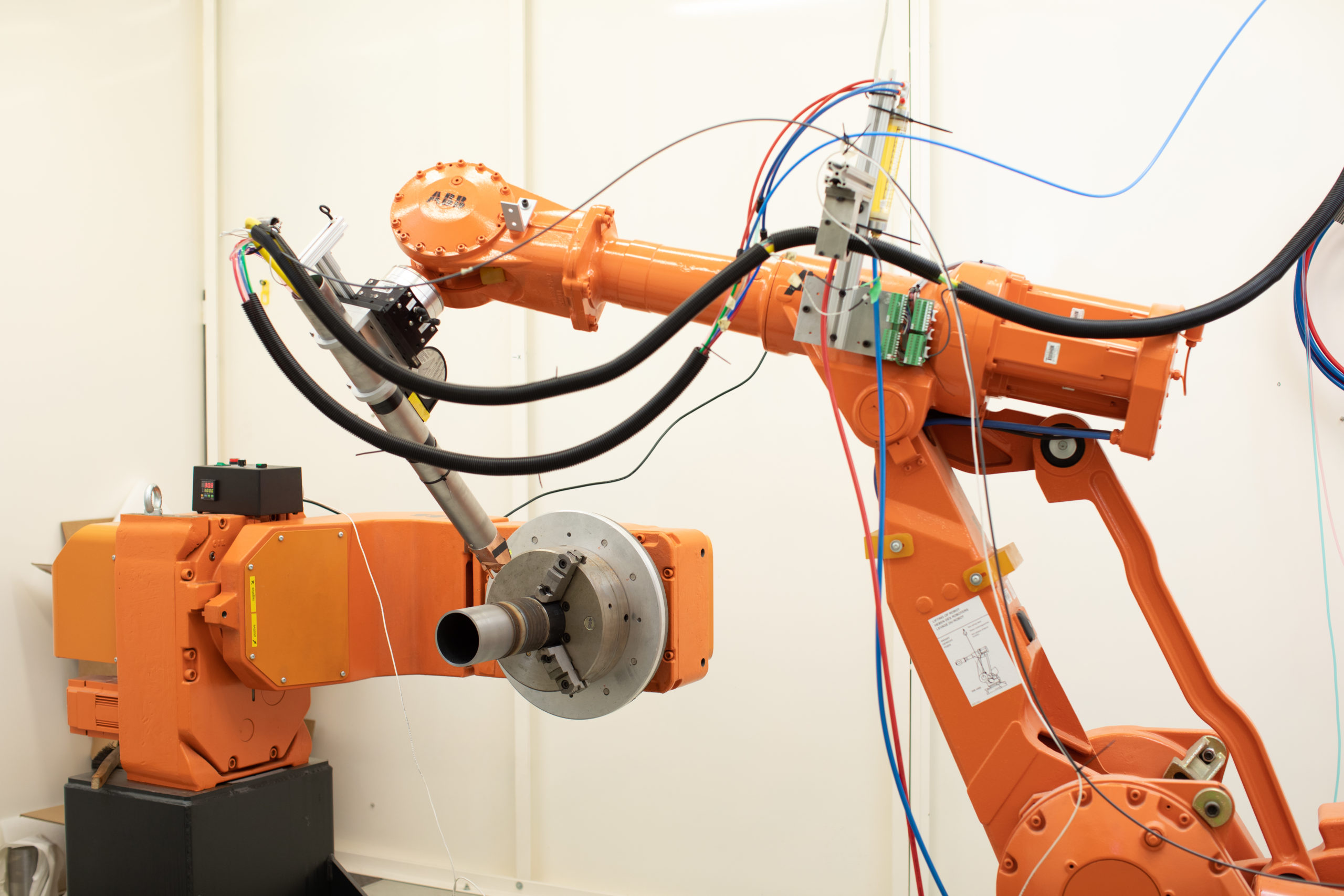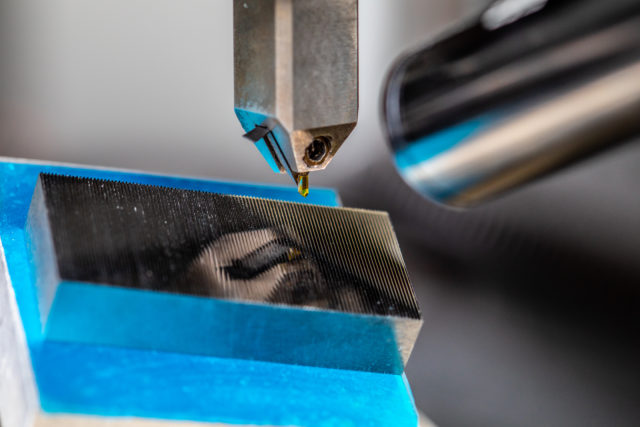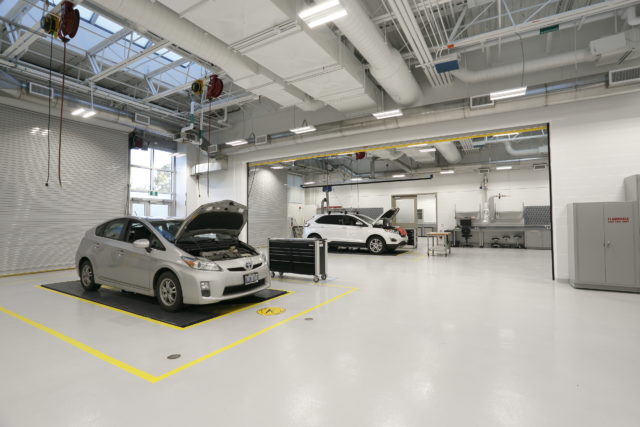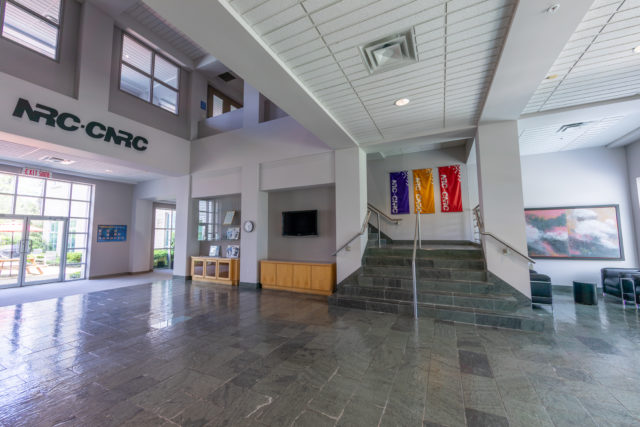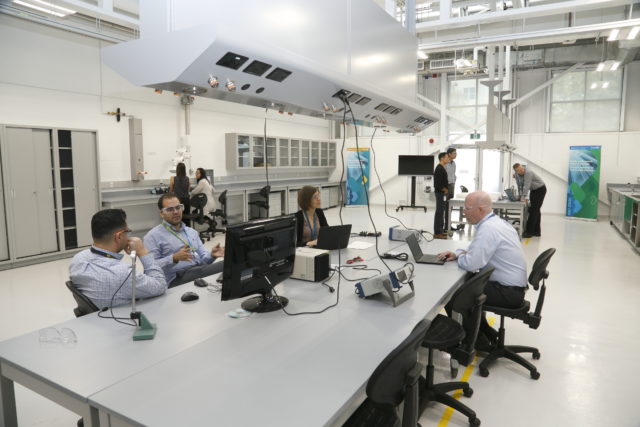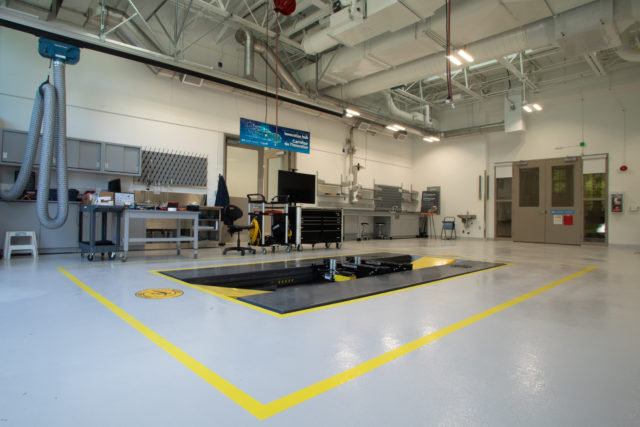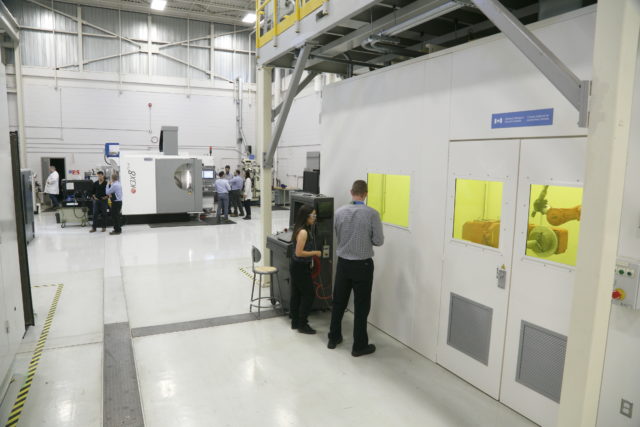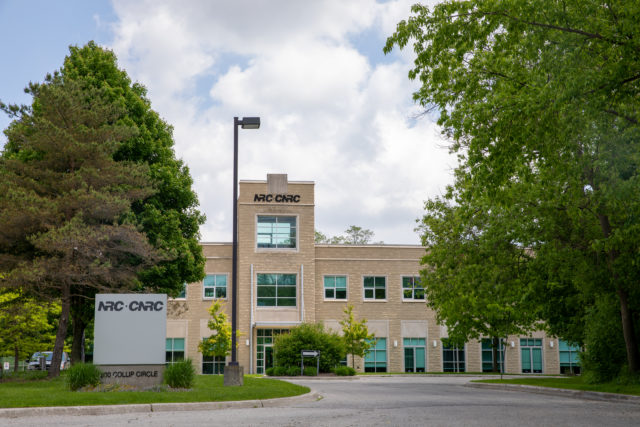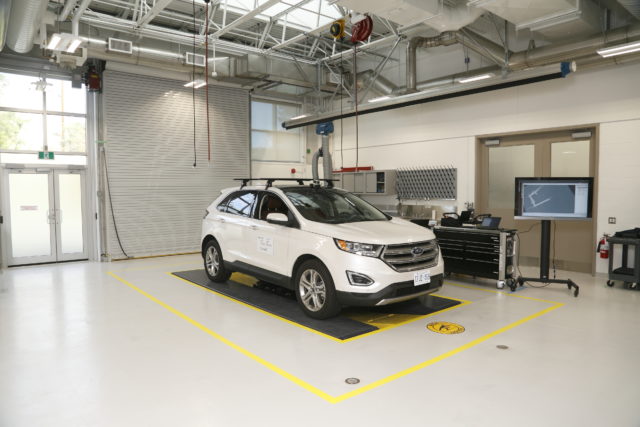-
Headquarters -
800 Collip Circle London, Ontario, N6G 4X8
-
Year established -
1997
-
NAICS -
Not available
-
Major expansions -
NRC Canada
-
Employees -
45
-
Exports -
N/A
-
Download -
National Research Council – London
The NRC London facility is part of NRC Automotive and Surface Transportation Research Centre. The organization aims to support the Canadian automotive industry.
Defined as the manipulation of the physical world to achieve human goals, technological innovation has been a key driver of the Canadian economy since the country’s inception. From the technologies that Indigenous peoples used to adapt to harsh environmental conditions to Canadarm2, the robotic arm used on the International Space Station, Canada has a long history of technological development and innovation. A major factor in achieving this status has been Canada’s continued investment in organizations and programs supporting the research, development, and market application of new technology. One such federal organization is the National Research Council (NRC), responsible for shortening the gap between early-stage research and development (R&D) and commercialization. The NRC does this through its offering of over 30 approved collaborative programs designed to assist a broad spectrum of activities and business structure models.
Established in 1916, the NRC has worked with various collaborators to face challenges head-on and develop new and innovative solutions to improve society and the well-being of Canadians. Over its 100-year history, the NRC has been involved in the production of many groundbreaking technologies, such as Canadarm, the Cobalt-60 cancer bomb treatment, computer animation, the crash position indicator, the electric wheelchair, the electronic synthesizer, the explosives detector, and the pacemaker. The NRC enables effective collaboration across multiple industries by utilizing its 22 separate research facilities throughout the country. Each facility specializes in a different area of R&D. For example, the London, Ontario location focuses on innovation in automotive manufacturing.
The NRC’s London location was originally built in 1997 as a research institute of manufacturing and construction. The facility’s current purpose is to support the Canadian automotive industry, as it is in close proximity to a majority of the Canadian market. David Muir, R&D Director of this location, states that the facility is within a two-hour radius of 90 percent of the market. Although the London location currently focuses on automotive manufacturing, Muir believes that the facility’s capabilities, coupled with its talented team of employees, will allow NRC London to improve Canada’s manufacturing sector as a whole, through new technological development and collaborative work within the sector.
The facility is currently undergoing a $5 million renovation that will transform the space once used for construction research into a working digital Microfactory. The space will also include multiple reconfigurable research and development (R&D) labs, experimental vehicle bays, a Digital Microfactory demonstrator, and meeting space. The result will be an open-plan collaborative workspace in which all levels of the automotive supply chain can work together with the NRC. Allowing collaborators to work with each other’s products and processes in an open, creative environment will accelerate the development of technological innovations, ultimately making the manufacturing process more efficient and effective. The renovation is expected to be completed by April 2018 and will be accompanied by the hiring of 10 additional employees to operate the new facility.
NRC London currently has 45 employees who possess a variety of skills and educational backgrounds, which allows the facility to maximize its collaborative efforts. The NRC’s partnership with Western University enables the organization to easily recruit summer students from Western’s engineering and science programs; however, it has also recruited from universities in nearby cities in the past, such as Hamilton, Guelph, and Waterloo. In particular, with the new facility expansion, NRC London is looking to recruit from engineering and science programs that deal with manufacturing automation (e.g., software engineering and analytics), as the facility looks to bring Industry 4.0 to the Canadian automotive sector.
The NRC as a whole operates on a $1 billion budget. Muir states that NRC London operates through three different models: (1) investing federal money into research to benefit Canadian industry; (2) undertaking joint R&D projects with industry including consortia based work; and (3) performing fee for service research and specialized testing for individual clients. NRC also provides funding through the Industrial Research Assistance Program, constructed to help accelerate the growth of local businesses through innovation and technology. Muir notes that most of the work conducted at the facility is done through joint R&D projects. NRC London promotes this model by providing the option for businesses to become on-site resident partners at the facility, thereby giving businesses the opportunity to take advantage of working with the NRC’s highly skilled scientists and engineers, as well as gaining access to NRC’s research equipment to develop superior products and manufacturing solutions. Muir would also like to conduct more research projects in partnership with Western University in the future.
When considering growth metrics for the facility, Muir focuses on the measured impact that NRC London has on the community, rather than the number of projects being taken on. NRC London is dedicated to working on projects that will stimulate wealth creation for Canada through technological innovation. To ensure research projects address challenges in the automotive industry and create value for its partners, NRC London conducts the majority of its research based on industrial feedback so that it can understand present or future needs and concerns.
The NRC is referred to as Canada’s “best-kept secret,” as it has produced or collaborated on so many major innovations that directly affect Canadian society. The organization will continue to push Canada to the forefront of technological advances through its broad spectrum of programs designed for a multitude of industries.
For more information about National Research Council – London, visit their website.
Published: November 28, 2017

Siemens Canada Engineering and Technology Academy (SCETA)
The Siemens Canada Engineering and Technology Academy (SCETA) is a unique initiative designed to equip engineering and engineering technology students in Canada, and Siemens’ own engineers, with the educational and professional foundation required for successful careers. The goal of the Work Integrated Learning Program (WILP) is to educate post-secondary students on Industry 4.0 concepts such as electrification, automation, digitalization and cloud technology.
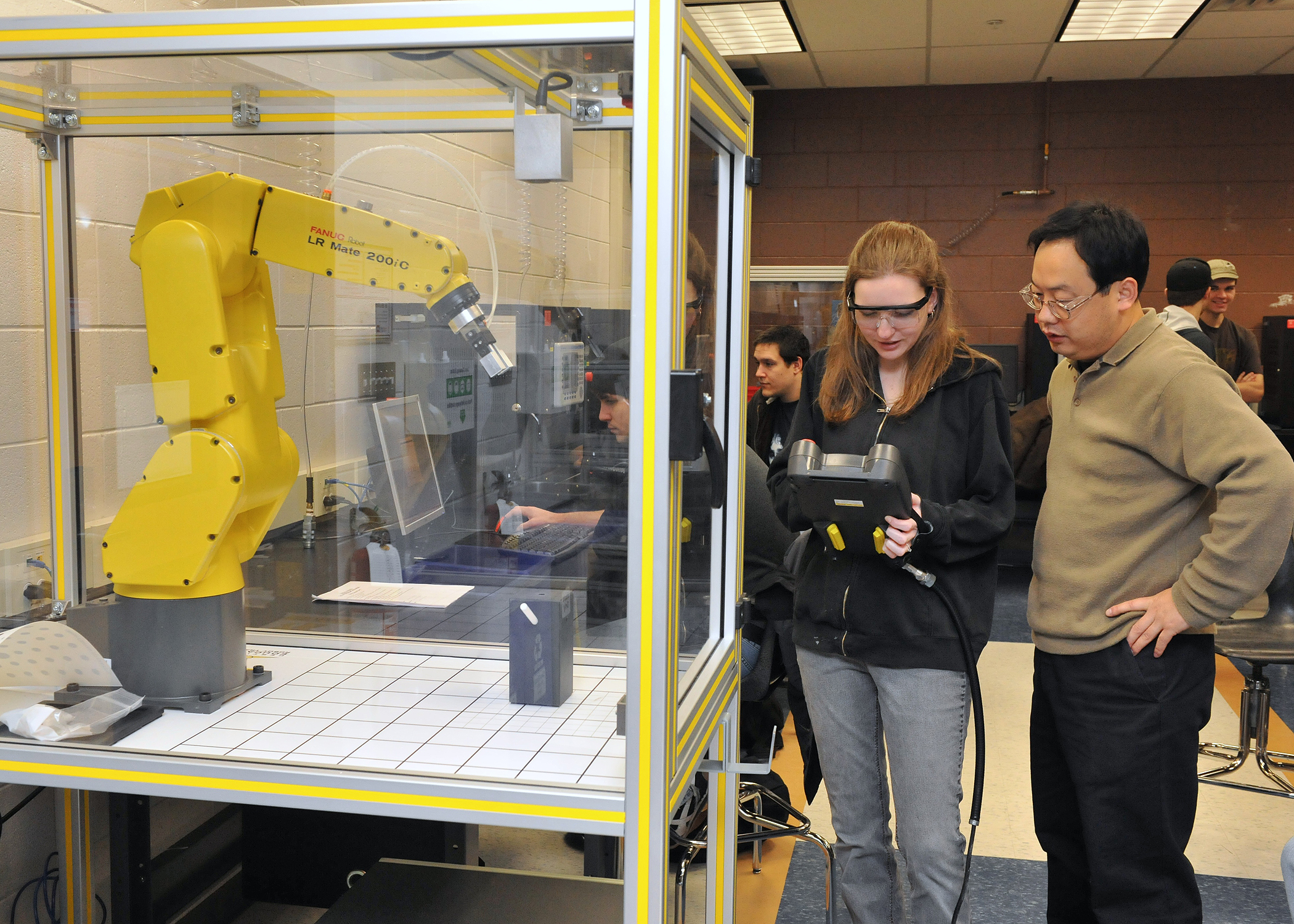
Fanshawe College
Fanshawe’s School of Applied Science and Technology emphasizes the technical skills required for workplace productivity.

FIRST Robotics Canada
FIRST Robotics Canada is a registered charity that connects elementary and high school students with businesses and post-secondary educational institutions by organizing and coordinating robot-building and robo-sport competitions.
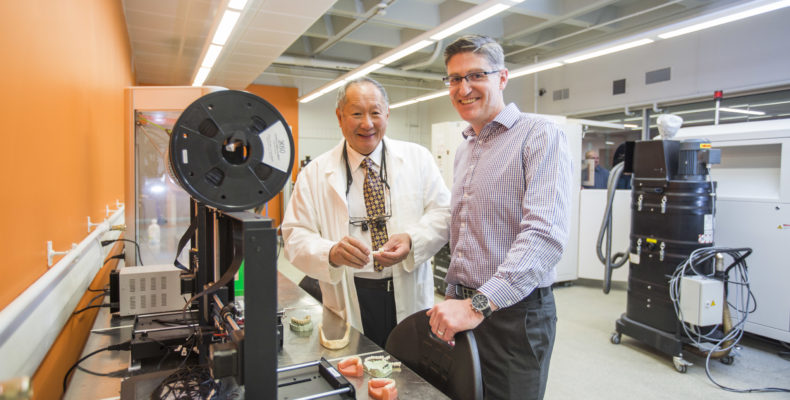
Southern Ontario Network for Advanced Manufacturing Innovation
The Southern Ontario Network for Advanced Manufacturing Innovation (SONAMI) is a network of post-secondary research institutions that have come together, in an effort to grow the quality and quantity of applied research innovation in the Southern Ontario advanced manufacturing cluster.
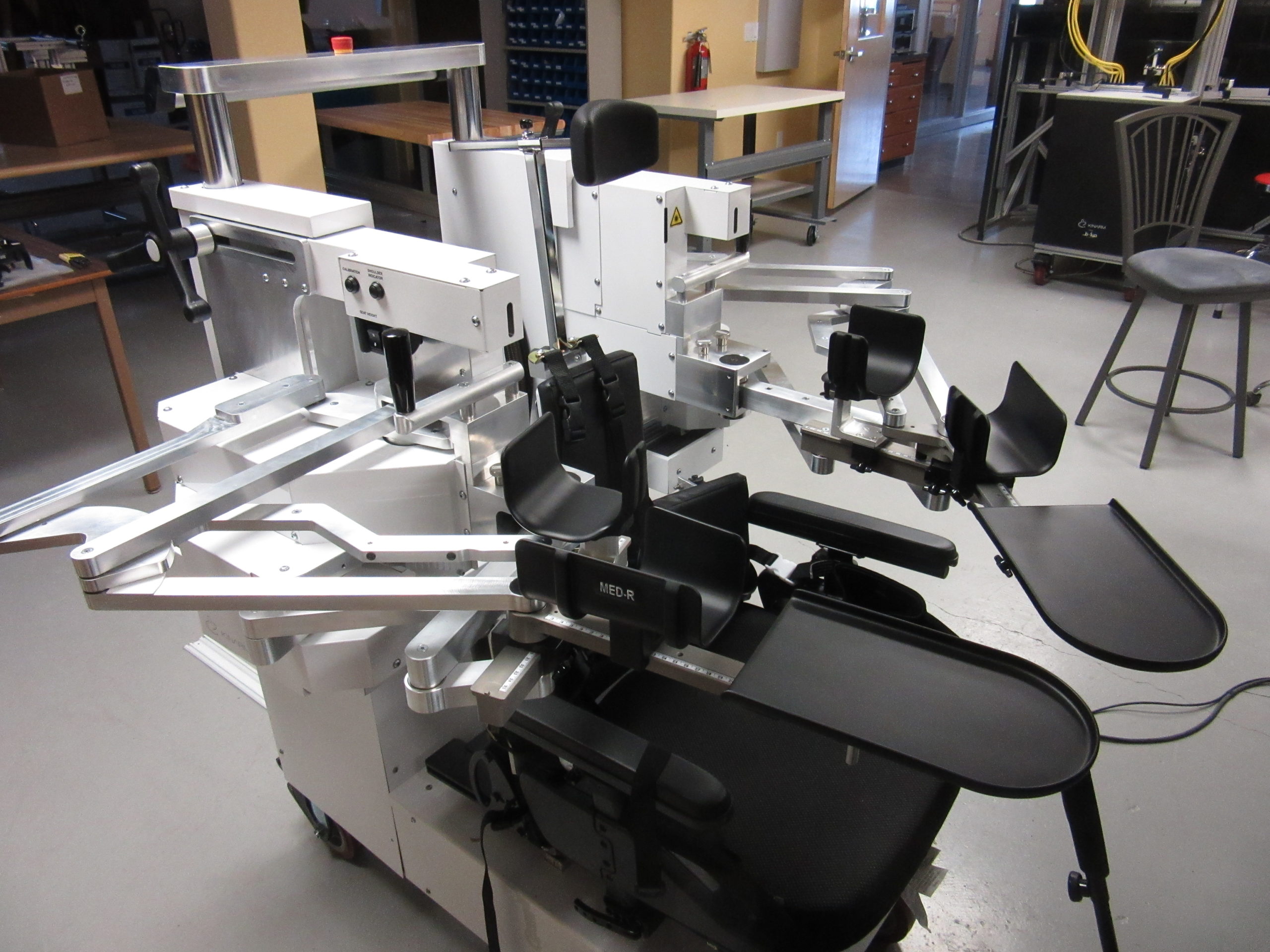
Kinarm
Kinarm is transforming the assessment of brain injuries by putting cutting-edge robotics technology into the hands of neuroscientists and clinician-scientists around the world.
